Normally I’m not fond of cutesy little names for birds but this one fits the species so very well it just keeps popping into my head when I see them.
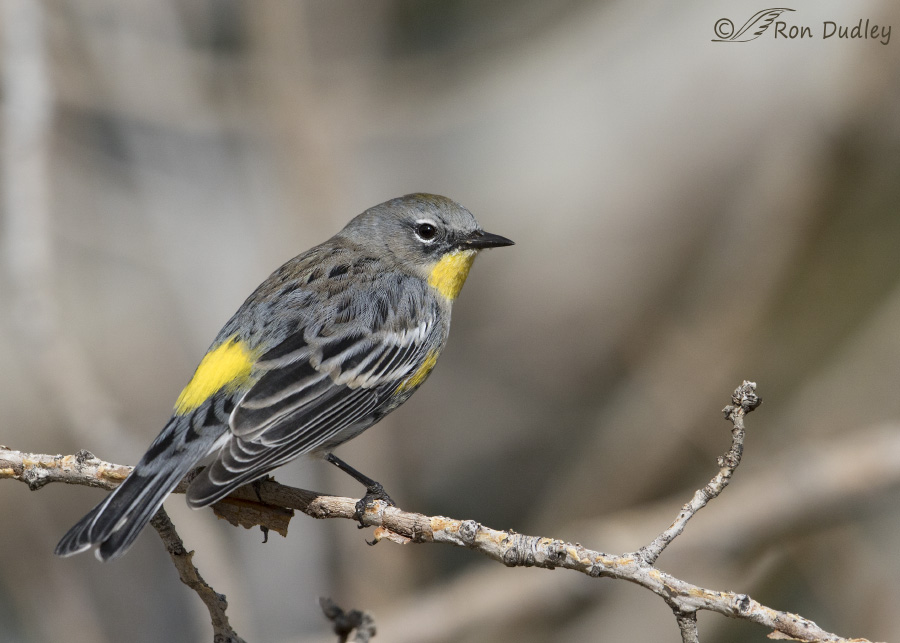
1/6400, f/6.3, ISO 640, Canon 7D Mark II, Canon EF 500mm f/4L IS II USM + EF 1.4 III Extender, not baited, set up or called in
Of course I’m talking about the Yellow-rumped Warbler (in this case the Audubon’s variety) but in this image it’s clear where the other moniker came from. Late yesterday afternoon I visited a pond near my home in an attempt to locate Belted Kingfishers and ended up being much more successful with these warblers.
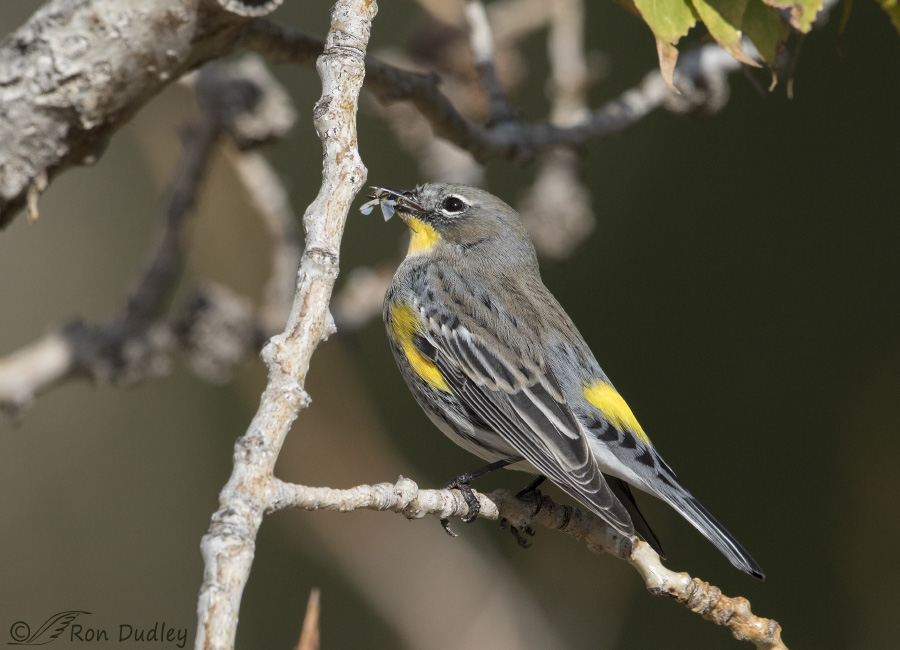
1/4000, f/7.1, ISO 640, Canon 7D Mark II, Canon EF 500mm f/4L IS II USM + EF 1.4 III Extender, not baited, set up or called in
There was a large flock of them feeding on insects in and around one of the trees near the pond and once again my pickup served me well as a mobile blind. It was almost a feeding frenzy and I think I know why – it’s been cold and wet for several days which kept the insects down but the sun had finally come out, it was warming up and the bugs were flying. These hungry birds took advantage of the situation.
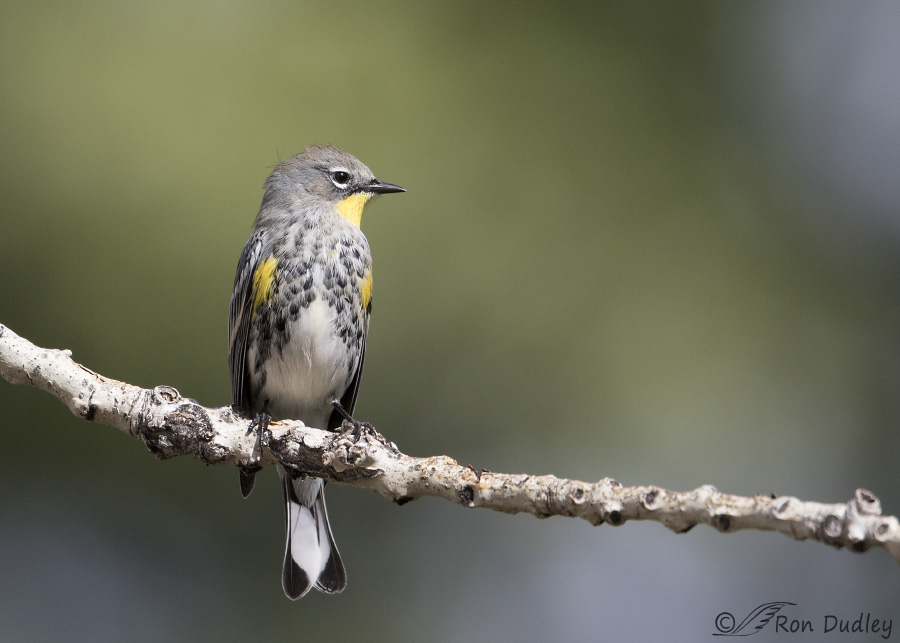
1/4000, f/6.3, ISO 800, Canon 7D Mark II, Canon EF 500mm f/4L IS II USM + EF 1.4 III Extender, not baited, set up or called in
In most of my images the backgrounds were busy and cluttered with branches but I was able to manage a few clean shots. I also like some of them that show more habitat so I’ll post a few of those at another time.
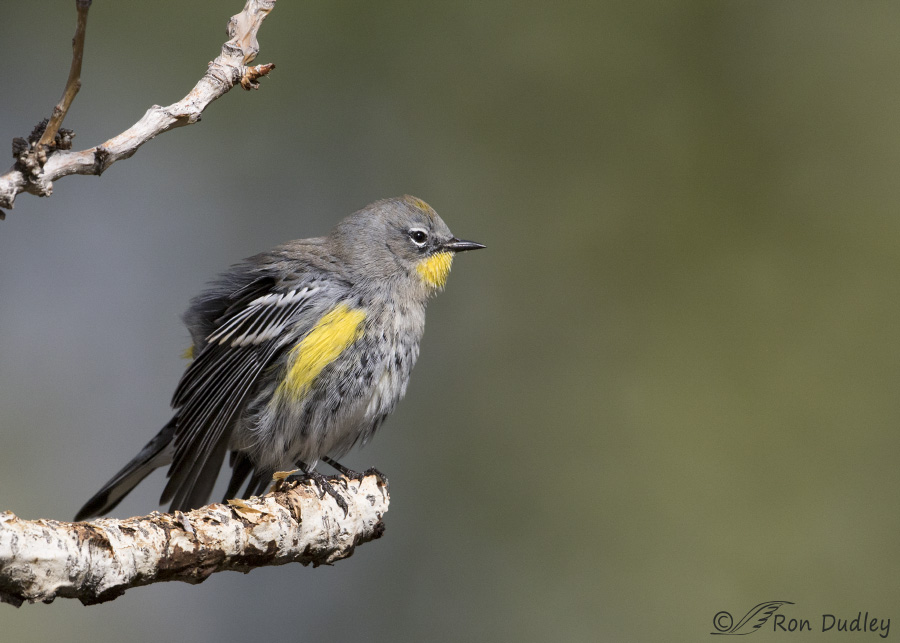
1/5000, f/7.1, ISO 640, Canon 7D Mark II, Canon EF 500mm f/4L IS II USM + EF 1.4 III Extender, not baited, set up or called in
The lighting conditions were wildly varied so my shutter speeds were all over the place but for these flitty little birds more is usually better when it comes to shutter speed.
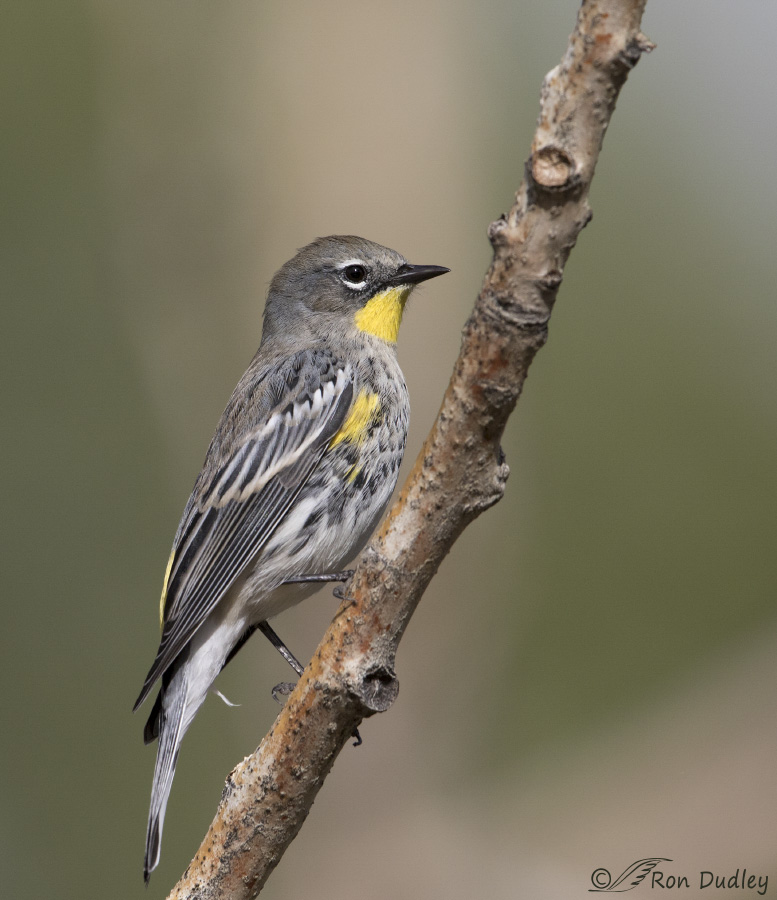
1/5000, f/7.1, ISO 640, Canon 7D Mark II, Canon EF 500mm f/4L IS II USM + EF 1.4 III Extender, not baited, set up or called in
This bird held this pose for several seconds. It was one of the few times one of these warblers seemed to be paying more attention to me than it did watching for insects.
For much of the time I was shooting these birds I was torn between excitement at getting so many opportunities with them and frustration over my intended kingfisher quarry. For about a half-hour while I was there the female kingfisher I’ve photographed before was at the top of this same tree. She was close and I had a clear view of her but she had her back to me, there were several shadows from branches crossing her body, the background was bright white clouds and she never changed position on the perch. I probably missed many nice warbler shots because I spent too much time watching her and hoping she’d move.
I usually don’t get many opportunities with these warblers. In a typical year I probably don’t average more than about 25 shots of them but last night I came home with over 900 images of Yellow-rumped Warblers – a real butterbutt bonanza. I’m sure I’ll delete most of them but there should be a few more gems in the bunch. Hope so.
Ron


Great ventral shot! That’s what I usually see looking up at them in trees.
Thanks, Pam.
You had me going lol. I thought “what are Butterbutts?” Beautiful pictures. We should start seeing them here soon.
I can only imagine some of the possibilities of what I meant that may have been going through your mind, Jean…
Love the butterbutts. So much prettier than the Lardbutts I see around me here.
And that third shot and the tail feathers is spectacular.
I know a few of those other kind of butts too, EC.
Simply SPECTACULAR SHOTS Ron!!!
Charlotte
Thank you, Charlotte.
Beautiful ful!!!!!!always learning something!!! Butterbutts and 900 pictures!!!!
Marina, as I’m sure you’re aware, culling that many images isn’t any fun…
Gorgeous photos! I continue to be impressed.
Thank you, Nancy.
I love these images of the well-named “Butterbutt”. I have a special place in my heart for any warbler because they lifted my cold, tired, sagging spirits so often when mountain backpacking. This little bird is new to me. A welcomed addition. I especially like the third image because it shows the bird’s beautiful tail feathers so well….
Patty, I was drawn to the tail in that image too. Not sure I’ve ever noticed a pattern like that at the bottom of the tail in any species.
Just lovely and Oh WOW (You know the drill–insert superlatives here)! Have I mentioned I love birds? Granted, I’m not overly fond of starlings other than for hawk food, but still, birds are just wonderful. Their stunning beauty, their outrageously delightful music and their sheer diversity of wonderfulness is just astounding. We are indeed very lucky to have them in our lives–what a HUGE gift.
Again, thank you! Sorry we missed the kingfisher, but warblers, especially butterbutts) are often secretive and elusive–at least they are to me–such that they’re a delicious treat when I see them. And now, I’ll never be able to see them again without calling them butterbutts
That name sticks with me too, Laura. I try to resist using it but not very successfully.
Beautiful set Ron.the feather detail is magnificent, makes me want get a piece of wood and carve one!
Thanks for sharing.
Do it!
Carve away, Dick. Count your fingers before and after though…
I had not heard that nickname for them before. I really like all of the photos you posted, including the one with the busy branches – it’s always interesting to see a bird with prey. Too bad about the Kingfisher, but I’m guessing you’ll have more opportunities with her, since she seems to be a permanent fixture in that location.
Susan, I’d have had a lot more shots of the bird eating that insect but the bug and the bird’s bill were nearly always behind that branch in front of the warbler.
“Butterbutts” is a suitable name for them. Glad you got these photo’s even if the Kingfisher wasn’t cooperating which they often don’t!
Exactly, Kingfishers are known for being buttheads, Judy (rather than butterbutts…)
What a LoveLy collection of butterbutts. *soft giggle
Again… thank you for sharing your pictures & photo information.
CaJ
Thank you, CaJ.